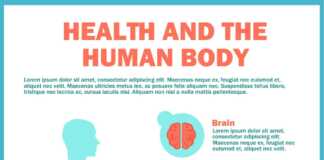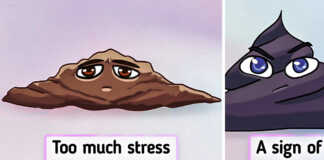We imagine pilots’ work as something romantic: the sky, the plane, and beautiful girls. It’s actually true and in addition, this job is well-paid. But there are some more tiny details — it’s a huge responsibility for hundreds of people’s lives, constant stress, and the lack of normal sleeping regime.
We at The Elite Indian learned as much as we could about the secrets of this “air” profession and feel eager to share them with you.
- There is a long way from making the decision to become a pilot until you’re actually flying airplanes. Any pilot must have a commercial pilot certificate. For that, they first enroll in a pilot school. Getting a college degree is not mandatory, but it is preferable. Then they have many pieces of extensive training where they train their skills on flight simulators and real planes. The total number of flying hours has to be at least 250. After the intern passes the written exam, the soon-to-be pilot has a check-ride where under the supervision of the examiner, they plan a flight and perform it making various maneuvers upon the examiner’s request. In order to get the right to fly multi-engine aircraft and become a captain, the commercial pilot needs to obtain an airline transport pilot certificate (we will tell you more about that further down in the article).
- A flight simulator looks like a plane with its nose chopped off and it’s called a Cockpit Procedures Trainer. It is equipped with an electro-hydraulic mobility system, which means it shakes strongly, and also reproduces noise, overload, inertia, and turbulence, and a completely realistic landscape floats outside the window. The instructor controlling the monitor won’t let the trainees land calmly and have a smooth “flight” because every pilot needs to go through all emergency situations like malfunctions on board, emergency landings, landing in difficult weather conditions and even nightmares like collisions in the air, before starting to fly a real plane. This training helps to bring actions to automatism and teach a person to make decisions with lightning speed while keeping their head cool.
- Sometimes the crew remains the same for months or even years, other times it changes every flight. It all depends on the individual airline’s regulations. All crews use a cross-check system where one member checks the tasks of another. In the cabin, flight attendants check one another’s stations to make sure the doors are disarmed or armed. In the cockpit, the captain and the first officer verify each other’s tasks as well.
- Many pilots are not allowed to wear beards. This is to make sure that the oxygen mask fits tightly on their face in case of an emergency. However, this rule depends on the regulations of individual companies.
- The pilots’ menu is somewhat similar to the menu of the business-class passengers. The captain and the first officer always eat different food: in case one gets poisoned or sick, the second one will be able to replace them.
- Each pilot has their own pre-flight traditions and superstitions. Many of them talk to their plane, greet it, and encourage it to have a smooth flight. They don’t use the word “last” when speaking about flying, they avoid pointing at the sky because it can trigger bad weather, and they don’t take photos outside right before a flight.
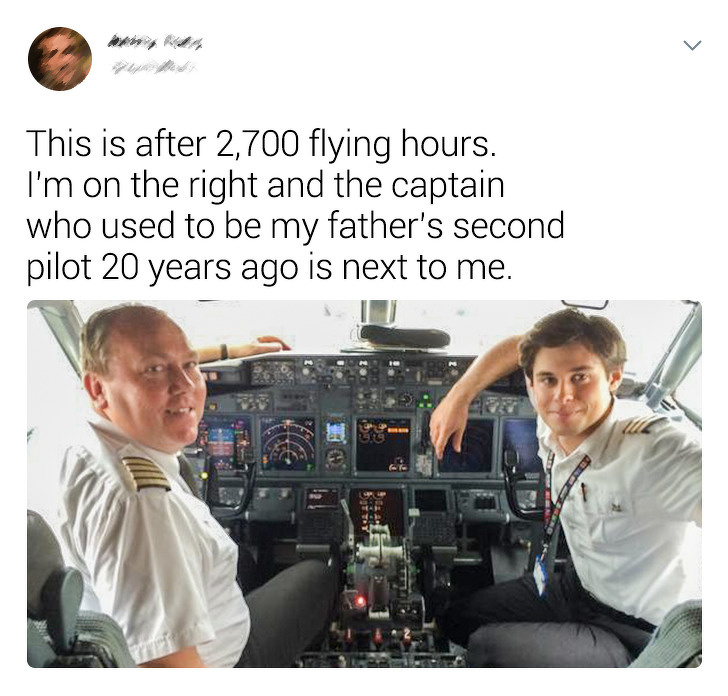
- Apart from having a commercial pilot certificate, 250 flight hours (including working with special maneuvers and harsh conditions), a future pilot needs to have the right timing. A pilot could be the best specialist, but there might be no vacancies when they enter the job market. In order to get an airline transport pilot certificate, a pilot needs to pass a written test, and have 1,500 flight hours. This will allow you to become the captain of a large commercial aircraft. As a rule, there are many first officers who are ready to take the captain’s seat, which is why the competition for this position is pretty high.
- The main rule of aviation safety is redundancy, that’s why there are always 2 pilots. The responsibilities between pilots are shared equally, but it’s the captain who makes all the command decisions. Before the flight, pilots discuss which functions each of them is going to perform, who will do the piloting, and who will monitor. For example, the captain does the take-off, navigates autopilot, and lands, while the first officer watches the work of the captain and conducts radio communication with the dispatcher.
- All pilots undergo self-defense training, learn emergency features that may arise during the flight, and then demonstrate how they are able to cope with an emergency situation. This training happens once a quarter. Once a year they have a full medical check-up (it’s twice a year for those who are older than 40) and sometimes they even take tests for psychological compatibility with the crew.
- Pilots confess that they are under a lot of pressure from airline policies and their task is to spend as little expensive fuel as possible. Many pilots say it affects their decisions and bothers them a lot because if the plane goes off route for some reason or will have to go to the alternate airport, they might run out of fuel and that would be a nightmare for the crew.
- Preparations start at least 2 hours prior to the flight. Pilots enter the office through a separate entrance and undergo a full security check. They also get a medical examination before every flight. Each of them is asked about their health, their blood pressure and pulse are checked, and sometimes they might even give their blood for testing. If a member of the crew is not feeling well, a reserve pilot who is “on-call” will replace them on that flight.
- Once they have a successful medical check-up, pilots go to the briefing room where they receive the flight data, this includes weather conditions, the route map, and the landing chart. They also calculate the necessary amount of fuel according to the aircraft load. After the briefing with the First Officer is over, the Captain briefs the Chief Purser or the Senior crew member who then briefs the rest of the crew.
- Before the flight, the captain checks all the internal and external systems of the aircraft. The First Officer personally checks the engines and the entire plane for any damages, defects, and ice formations. When the passengers are boarding, the cockpit crew makes all the final checks, they finalize the route, recheck the weather, and other things.
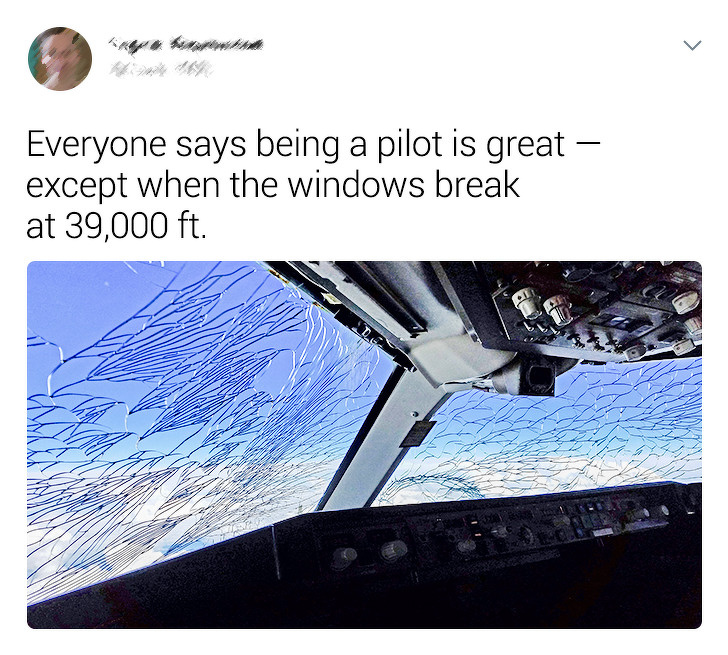
- There is no ignition key in planes like in cars — it starts with a button. There are actually a lot of buttons on the dashboard and there are some very unusual ones like an outdoor light switch or a weather locator remote control. All buttons have arrows and signs that help the pilot to understand what it’s for and the pilot will understand the meaning of each even if they don’t have years of experience.
- Despite common opinion, both pilots never sleep at the same time in the cockpit and put the plane on autopilot. Autopilot is on for most of the flight, but pilots communicate with dispatchers, control the tools, study the documents, register the necessary parameters, and navigate the aircraft themselves if necessary. At the same time, pilots are allowed to sleep during flight with the condition that one of them is always awake. Some long-haul flights have 3-4 pilots so that they can replace each other and have a full rest. On these flights, the same pilots are responsible for take-off and landing, while the extra pilots are responsible for other segments of the flight. The latter pilots are often called the “Heavy” crew.
- If a pilot asks passengers to fasten their seatbelts, it means the situation is regular, if he asks the crew members do it, it means the aircraft is going into a zone of strong turbulence. Pilots are puzzled about why passengers are so afraid of turbulence because it can’t be the reason for a crash, it’s more so just an inconvenience. Oftentimes, in order to calm passengers down, they replace the word “turbulence” with the phrase, “We’re flying through an air pocket.”
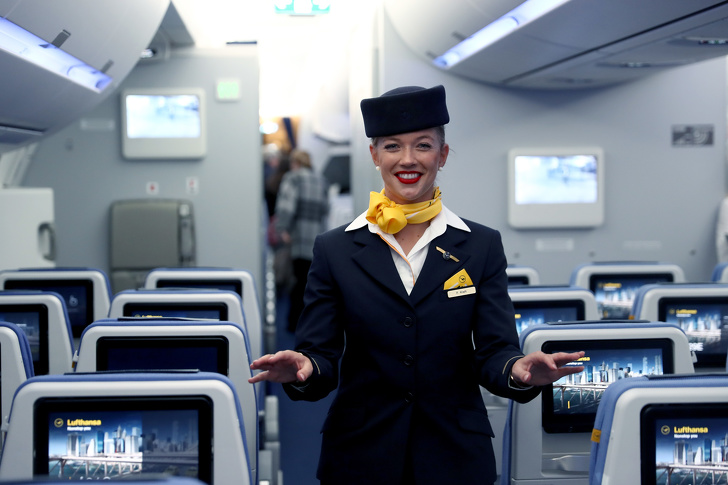
- If there is something wrong with the plane, passengers won’t be told all the details. Moreover, in many cases, they won’t be informed at all. Emergency landings happen all the time, it’s just that they’re not mentioned in the news very often. They usually happen due to a lack of fuel or technical issues.
- Most people get destabilized by stress. Pilots, in their turn, have trained their reaction to stress and handle it better: they start acting more effectively by prioritizing their tasks and solving them. They are taught to fly effectively in stressful conditions. The maximum of extreme situations are worked over during training on the flight simulator. However, the decision on how to act in each case is made by the crew captain.
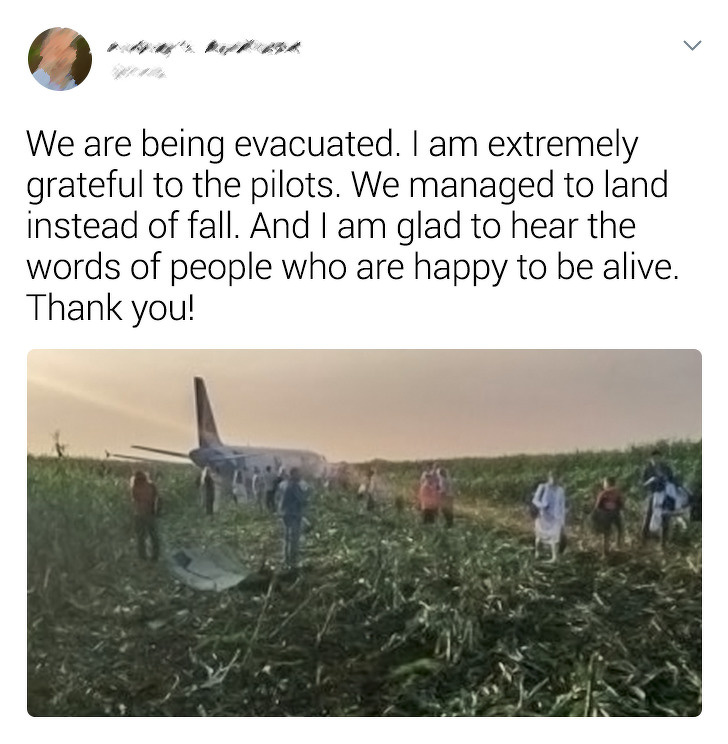
- Sliding windows are only present in the cockpit, and they’re only allowed to be opened them only on a hot day in the airport. Moreover, pilots have special orange curtains that are drawn to protect them from the shining sun.
- Pilots constantly fight with flight attendants about the temperature in the cabin. The temperature is controlled by a thermostat located in the cockpit. Flight attendants usually feel hot because they are constantly moving and running around the cabin so they ask to decrease the temperature. Pilots and passengers in their turn usually feel cold.
- Passengers are asked to put their mobile phones in flight mode, not because their signal interferes with navigation instruments, but because in an emergency situation everyone will be looking at their phones when they really need to act fast — and using the mobile phone will be a distracting factor.
- Before the flight, the captain and the First Officer agree on who is going to greet passengers on board. If the pilot is in a good mood, he can tell a joke, talk about the weather, or talk about what territory the plane is flying over. Sometimes both pilots will talk with passengers.
- There are many things pilots are forbidden to do during the flight. For example, there is a strict protocol for a pilot to use the lavatory — he can’t leave the cockpit for a long time and one of the flight attendants takes his place while he is absent. This is a precaution in case of an emergency.
- Pilots and flight attendants have special code phrases that mean danger. The secret language was created to avoid panic onboard. “Mayday” means an emergency situation, “pan-pan” is a phrase that is repeated 3 times at the beginning of the call to a dispatcher and means the aircraft has an urgent, but not a life-threatening situation. “Easy Victor” means an urgent evacuation.
- Windshield breakage in the cockpit is a pretty wide-spread issue. It can happen due to a collision with birds, from sudden changes in temperature, pressure, or damage to seals or fasteners. The good thing is that depressurization of the cabin doesn’t occur because the glass for glazing the cabins of airliners is very durable and has 3 layers. The thickness of each layer varies from 1 to 25 mm, and the total thickness reaches 100 mm. Therefore, if there is a crack in one of the layers it is not dangerous, as a rule, and pilots can continue the flight: the crew either goes to the point of final destination, returns to the departure airport, or makes an emergency landing at the nearest airport.
- Pilots have their own Instagram accounts that they fill with interesting content and we are thankful to them for it. Most often they use hashtags like #pilotlife and #pilotsview. However, sometimes it causes serious issues and fines because there are strict regulations of what the airlines’ crew is allowed and not allowed to do during the flight and photos for social media are outside of the allowed actions. At the same time, pilots remind us that there are flight stages when they can be distracted from navigating and that they are always alert during the critical phases of the flight.
- Pilots perceive fictional movies about aviation with humor. All those moments that show ordinary people landing a plane or patching up holes in the plane while it’s flying are impossible in reality. But they say that these movies would be boring if a real pilot consulted on the filming process.
- The crew has some travel benefits. Every airline has its bonuses for its employees. For example, they can fly to any place where the airline flies for 10% of the ticket’s cost.
- Having an affair with colleagues is not forbidden. There are many married couples who have met each other onboard. At the same time, they are not allowed to bring the members of their family or even a colleague into the cabin if their name is not written on the flight plan.
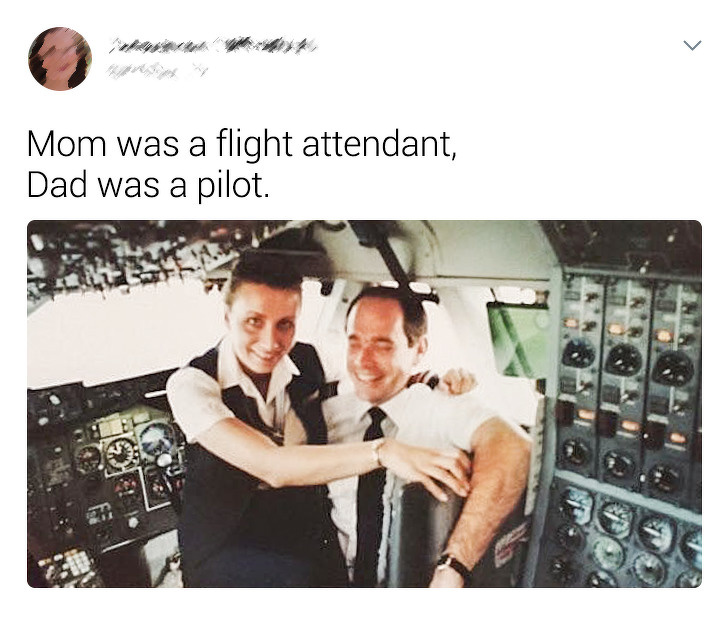
- The mandatory retirement age of a pilot is 65 in the USA. However, they can do it earlier, everything depends on the airline they work for and their health condition. Some airlines actually prefer senior pilots over rookies due to their immense experience and their ability to work under pressure.
- Pilots themselves say that their profession is “dying” and that they will be replaced with technology after a couple of decades. The forecast confirms these thoughts: by the year 2036 the aviation industry will face a record lack of pilots — the world will need more than 637,000 specialists and the only way to solve it is through automatization.
Will you feel safe if pilots get replaced with artificial intelligence? Or do you trust human pilots more?
Preview photo credit gettyimages





